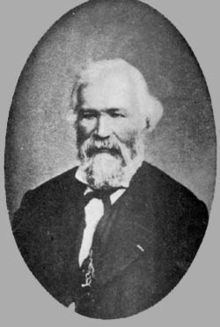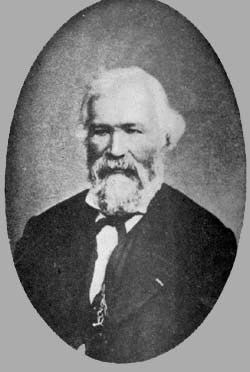Name Edmond Tulasne | Role Botanist | |
 | ||
Died December 22, 1885, Hyeres, France | ||
Louis René Étienne Tulasne, a.k.a. Edmond Tulasne (12 September 1815 – 22 December 1885) was a French botanist and mycologist born in Azay-le-Rideau.

He originally studied law at Poitiers, but his interest later turned to botany. As a young man he assisted botanist Auguste de Saint-Hilaire (1779–1853) with studies of Brazilian flora. From 1842 until 1872 he worked as a naturalist at the Muséum national d'histoire naturelle in Paris. In 1854 he succeeded Adrien de Jussieu (1797-1853) as a member of the Académie des sciences. He died in Hyères on 22 December 1885, age 70.
Tulasne's specialized study was the science of mycology. His microscopic investigation of fungi, particularly parasitic species, contributed much to the understanding on the complexities of their nature and development. He is credited with introducing the concept of "pleomorphy" in regard to fungi. Pleomorphy states that an individual fungus, growing in different substrates can have dramatically different forms. In 1853 he introduced his views on the reproduction cycle of Claviceps purpurea (ergot).
A number of mycological species, as well as the genera Tulasneinia and Tulasnella (family Tulasnellaceae) are named after him. He is credited with providing classification taxa for the following genera: Crucibulum, Glomus, Sebacina, Terfezia, Tilletia and Hypomyces (the latter genus with Elias Magnus Fries).
He also produced some important works on flowering plants. For example, in 1855, he published two papers on the magnoliid family Monimiaceae, in which he included what are now the Lauralean families Siparunaceae and Atherospermataceae.
Tulasne published over 50 scientific articles during his career. Some of his best work was done in collaboration with his brother, Charles Tulasne (1816–1884), such as "Fungi hypogaei" (1851) and the three-volume "Selecta fungorum carpologia" (1861–65). The latter work is known for its superb detailed illustrations, being created by Charles Tulasne.
Many of his works were published under the Latinized name "Ludovicus-Renatus".
The standard author abbreviation Tul. is used to indicate this person as the author when citing a botanical name.
